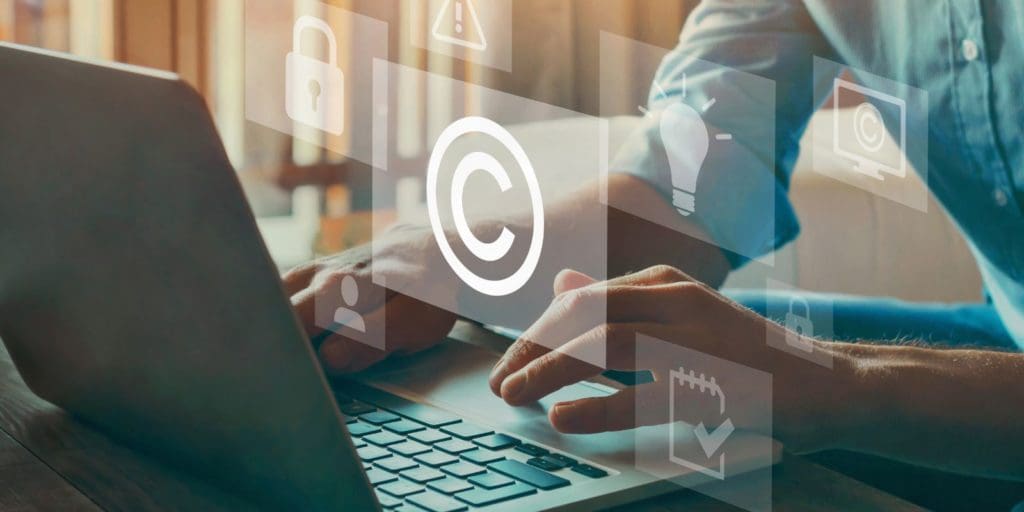Are you an inventor looking to patent your product in Europe? Getting a European Patent can be complicated and overwhelming, but with the right guidance and legal support, it doesn’t have to be.
In this article, we’ll explore the filing process for a European Patent and discuss the resources available to ensure everything goes as smoothly as possible. With our help, you’ll learn how to get your invention patented in Europe quickly and reliably – so let’s get started!
What Is A European Patent?
A European patent is an intellectual property right that grants an inventor exclusive rights to use their invention in all countries of the Europe Union.
It is a single, unified patent granted by the European Patent Office (EPO) that covers up to 38 countries. This means that instead of applying for individual patents within each country, inventors can simultaneously obtain one central protection covering numerous jurisdictions.
The EPO examines and decides on applications submitted through them, but it’s ultimately up to each national government or court system to enforce the legal rights arising from those decisions.
Benefits of EU Patents
European patents provide significant advantages over applying for multiple individual patents separately in different EU member states. These include lower costs due to only needing one application process and increased efficiency since less paperwork is involved.
Furthermore, it simplifies the enforcement of rights related to inventions since they are covered under one document rather than many separate ones.
What Is The European Patent Convention?
The European Patent Convention (EPC) is an international treaty governing European patent granting.
It was established to help create a unified system for patent protection across Europe and currently is enforced in 38 countries, including all 27 European Union member states.
When you apply for a European patent, the European patent convention treaty is why you can obtain one patent covering all these regions.
Overview Of The European Patent System
The European Patent System is one of the most comprehensive and efficient in the world, and it provides an effective way for inventors to protect their intellectual property rights throughout Europe and other foreign countries that are part of a multinational patent agreement with Europe.
To obtain a European patent, applicants must follow several steps, which include:
- Filing an application
- Providing evidence of invention
- Responding to official actions from examiners
- Receiving a grant or rejection of the patent claim
Once granted, a European patent can be enforced across all participating countries within the regional framework of the European Patent Convention.
Enforcement may require registration in each country where protection is desired; however, this process has been greatly simplified due to recent technological advances.
Overall, obtaining a European patent is relatively straightforward but requires dedication from applicants who wish to ensure proper legal protection over their inventions.
Requirements For Obtaining A European Patent
To acquire a European patent, applicants must meet certain requirements. Firstly, the invention must be novel and involve an inventive step to qualify for protection under the European Patent Convention.
Secondly, it must have an industrial application or potential industrial application. Additionally, any information that could invalidate the patent should not be publicly available before filing.
The applicant must also submit all relevant documents with their application, such as drawings and specifications of the invention and claims outlining its scope of protection.
The application must then be examined by one or more Examining Divisions at the EPO under EPC rules before it can proceed to grant. If objections are raised during the examination, which can only be overcome with amendment, amendments must be made accordingly.
Once approved, a translation into each language designated by each country where protection is sought may be required depending on how many countries are chosen.
After this is completed, publication and grant procedures follow so that national offices can issue patents in each respective country according to their laws and regulations.
Application Process And Fees
The process for applying for a European patent is relatively straightforward. Firstly, you must apply to the European Patent Office, which can be done electronically or by mail.
Once the EPO has received your application, they will review it and decide whether your invention meets their requirements for patentability. If so, they will grant you a patent in one of the participating countries of the European Union.
In addition to applying, applicants must pay certain fees for filing and processing their applications. These include renewal fees due every year after obtaining a patent and additional costs such as attorney’s fees if legal assistance is needed. Generally speaking, these costs can add up quickly and should be considered when deciding whether to pursue a European patent.
With this information in mind, those considering getting a European patent should carefully weigh all associated costs before making any decisions.
Maintaining A Registered European Patent
Once you have your European patent, it’s important to maintain it. To keep the patent in force, annual renewal fees must be paid to each country that granted the patent within three months before its expiration date. If payment is not received on time, the patent will expire and become invalid.
Conclusion
In conclusion, obtaining a European patent is an intimidating process. However, it’s easier with the right resources and knowledge than one might think.
By understanding the requirements for getting a European patent, familiarising yourself with the application process and fees, submitting your application in Europe properly, and maintaining a registered European patent after approval, you’ll be well on your way to protecting your intellectual property rights in no time.
We hope this article has helped to explain the complexities of the European patent convention and how you can use it to your advantage. With patience and research into regulations specific to each country or region that may have different rules from those mentioned here, you should be able to navigate the system and protect your invention or idea successfully.
Good luck!

